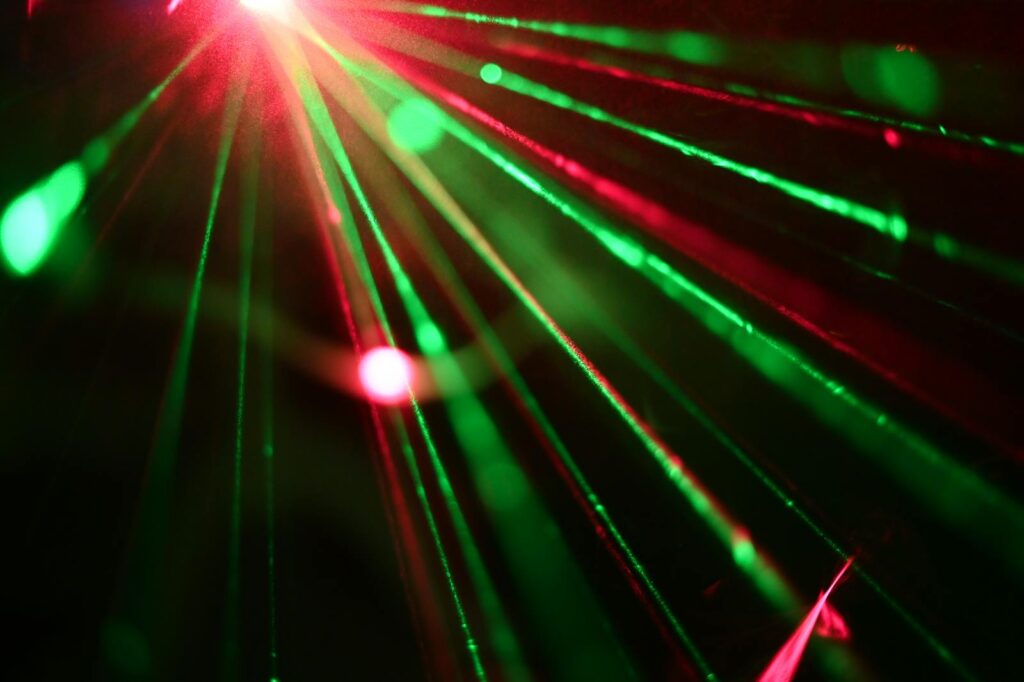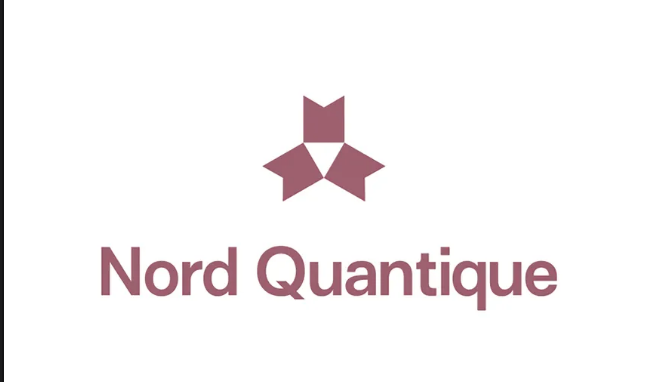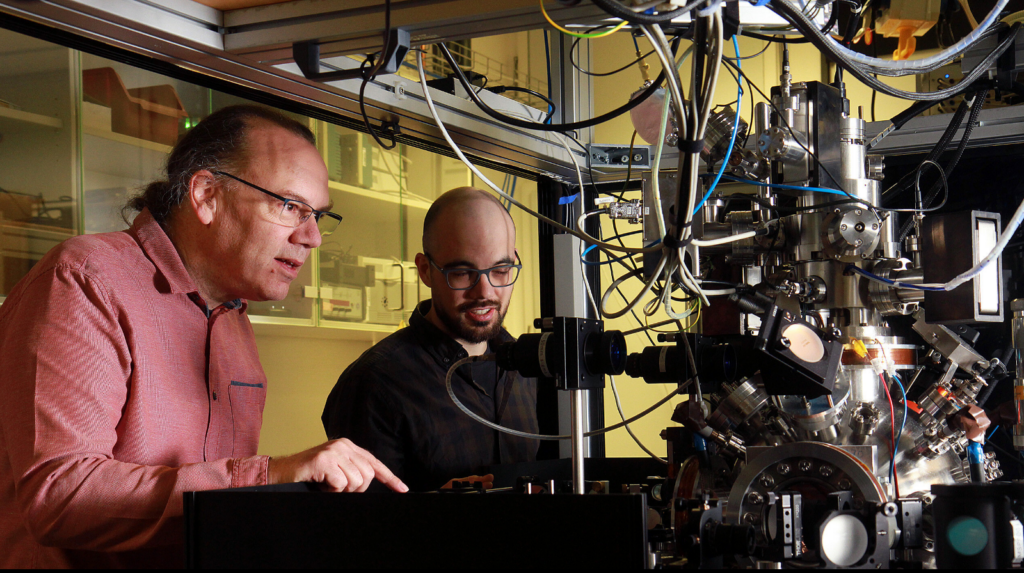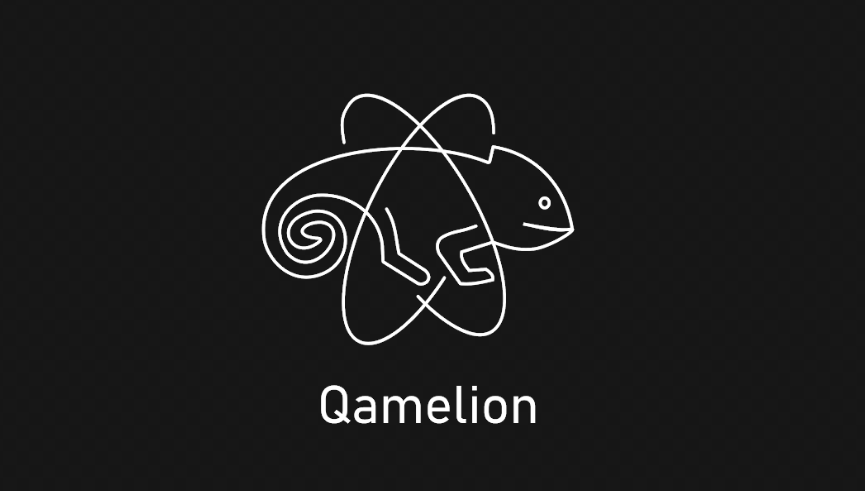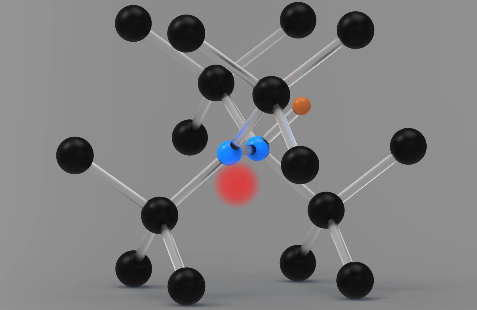Insider Brief
- Nokia Bell Labs is developing quantum-enabled communication networks that promise dramatic improvements in energy efficiency, data security and quantum computing connectivity, according to the company’s head of Optical Systems and Device Research.
- Quantum encoding could reduce the energy used in optical networks by up to tenfold, addressing unsustainable data demand growth while supporting future space-based communications.
- Quantum key distribution and post-quantum cryptography could secure networks against future quantum-enabled cyber threats, while new infrastructure like quantum repeaters will be essential to building scalable, interconnected quantum systems.
A quiet shift is underway at Nokia Bell Labs that could reshape the foundations of digital communication. That quiet shift could echo loudly across the digital landscape, changing not just how we communicate, but how we compute, connect and secure this digital world.
According to a company blog post by Theodore Sizer, Head of Optical Systems and Device Research at Nokia Bell Labs, the company’s research arm is exploring how quantum physics could power the next generation of communications networks, ones that are not only vastly more energy-efficient but nearly impossible to eavesdrop on.
The post by Sizer outlines how principles of quantum mechanics, particularly quantum superposition and entanglement, could allow networks to encode data directly into photons, the fundamental particles of light. The implications, Sizer writes, could be transformative for three key areas: energy consumption, data security and the ability to connect quantum computers at scale.

Quantum as the Answer to Exploding Energy Demands
Sizer frames the problem in stark terms: global data demand is growing tenfold every decade, and by 2045, networks may need to carry 100 times more traffic than they do today. But increasing capacity under current technology would require 100 times more energy—a trajectory that Sizer warns is unsustainable.
“Planet Earth simply doesn’t have the natural resources to support that kind of growth using current networking capabilities,” Sizer writes.
In the blog, Sizer explains that quantum encoding could break this cycle by drastically increasing how much data a single photon can carry. Because a photon carrying one bit or ten bits consumes the same amount of energy in transmission, exploiting quantum effects to increase per-photon information density could shrink the power footprint of optical networks.
Sizer points to internal work at Nokia Bell Labs, particularly by researcher René-Jean Essiambre, which explores how to achieve this higher density. The goal is not minor efficiency gains, Sizer writes, but reductions in optical power consumption by factors ranging from two to ten or more. If realized, these improvements could allow future networks to serve growing data demand without wrecking global energy budgets.
He writes: “Once we’ve fully harnessed the potential of quantum science, many optical communications networks could be designed to operate using a fraction of energy of today’s networks, while simultaneously meeting the massive demand for more capacity we expect to see over the next two decades.”
The implications extend beyond Earth. Sizer adds that such energy-optimized photon manipulation could support high-bandwidth, long-distance data transmission to off-planet outposts, including potential colonies on the Moon or Mars.
Preparing for a Post-Encryption World
Sizer also emphasizes a mounting threat: when large-scale quantum computers arrive — so-called cryptographically relevant quantum computers (CRQCs) — they will be able to break many of today’s encryption systems. Though such machines may still be a decade away, attackers are already harvesting encrypted data with the intention of decrypting it once CRQCs emerge.
To counter this, Sizer says Nokia is incorporating multiple quantum-safe security layers. One is post-quantum cryptography (PQC), which relies on mathematical puzzles even quantum computers can’t crack. PQC algorithms are already being standardized and are expected to be adopted across Nokia’s infrastructure.
But PQC alone isn’t enough. Sizer argues that connection security — making the existence of a communication link itself undetectable — will be critical. One promising approach is quantum key distribution (QKD), where encryption keys are transmitted using entangled photons. Any attempt to intercept these photons collapses their quantum state, alerting the network to an intrusion.
According to Sizer, Nokia is actively testing QKD, including through space-based collaborations with Honeywell and Colt Technology Services. At Bell Labs, researcher Amirhossein Ghazisaeidi is exploring new QKD techniques that use continuous variables to increase key generation rates, potentially enabling even tighter security.
Building the Quantum Internet — But Not a Replacement Internet
Sizer clarifies that quantum networking won’t replace the classical internet, but will instead function alongside it to handle specific tasks that require security or quantum coherence. One example: linking quantum computers together in a way that preserves their quantum state, a requirement for distributed quantum computing.
This is a significant challenge, according to the post. Current infrastructure requires quantum data to be converted into classical bits before transmission, a process that loses quantum coherence.
“Creating these quantum links is easier said than done,” writes Sizer. “Quantum states are very fragile and can be disturbed by the slightest fluctuations in noise, vibration, temperature and even gravity. To build large-scale quantum networks we will need new devices, components and infrastructure. Much of this is in the theoretical stages today, but Nokia Bell Labs is doing the fundamental research into making this technology reality.”
Future networks, Sizer writes, will need to transmit data while keeping it in quantum form. That means building quantum links and avoiding the errors introduced by environmental noise, temperature fluctuations, and even gravity.
To make this vision viable, researchers at Nokia Bell Labs are tackling a particularly stubborn problem: the 100-kilometer limit of quantum communication over fiber. According to Sizer, the solution may lie in quantum repeaters, which are devices that refresh and preserve quantum states across long distances. Developing practical, scalable quantum repeaters remains a major technical hurdle, but Sizer says Bell Labs is focused on turning theory into working prototypes.
A Future Where Computing and Networking Converge
Sizer closes his blog with a wider reflection: quantum networking isn’t just an add-on to the quantum computing future, it’s a necessary foundation. As quantum processors evolve, they’ll rely on quantum networks for scaling, security and performance. In the long run, he suggests, the distinction between networking and computing may blur.
“Computing and networking have always been irrevocably linked, and that bond will only grow stronger,” Sizer concludes. “In the long-term future, photonic quantum technology won’t merely play an important role in linking quantum computers; it could assume some of quantum computers’ processing capabilities as well. This could signal a new era where the line between computation and communication begins to fade.”











